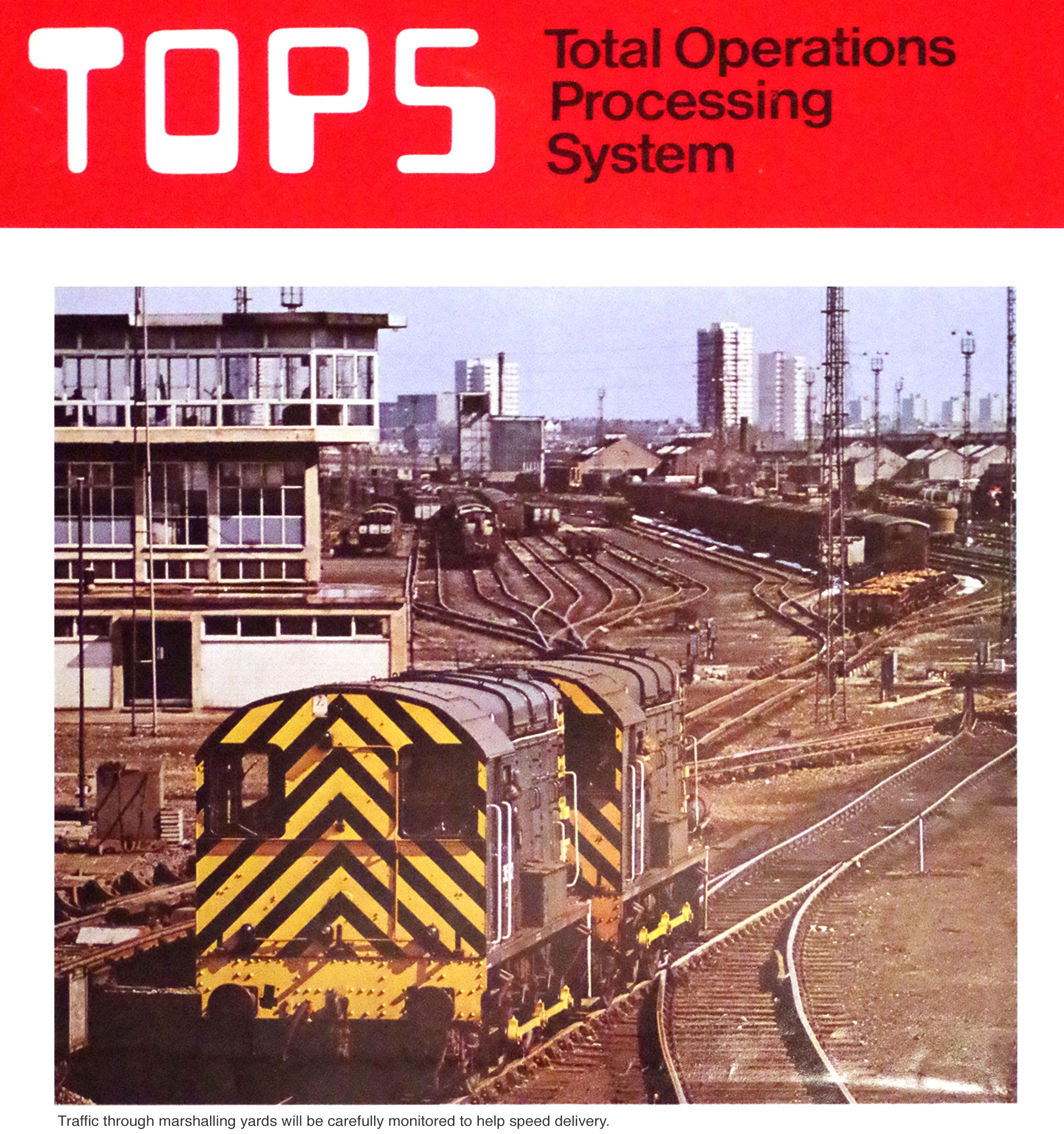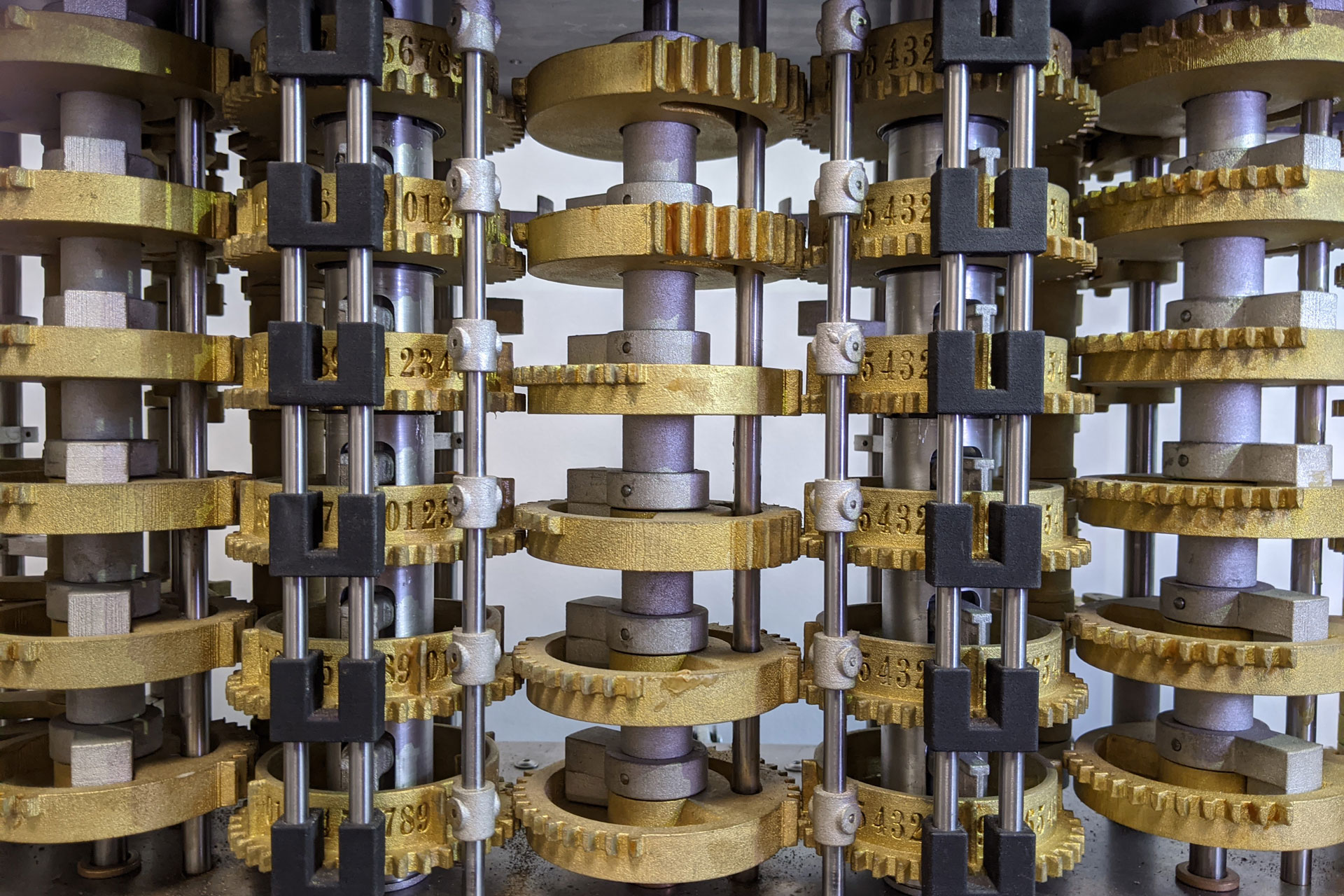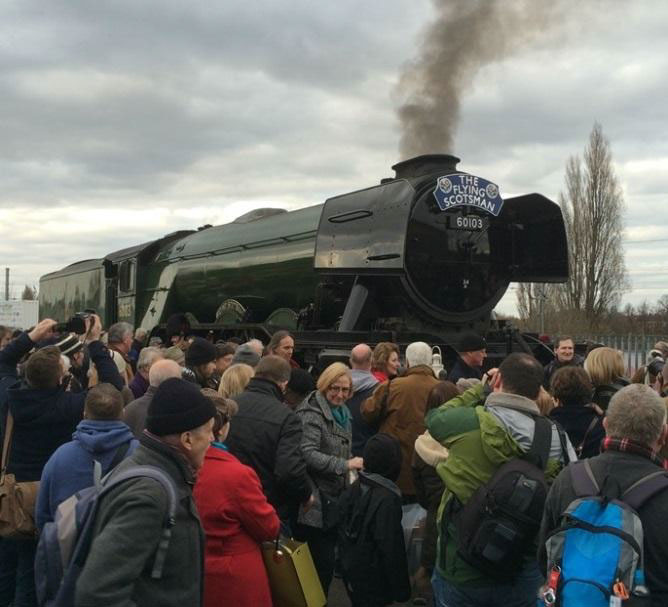CANCELLED Timeball Towers
MANCHESTER Alliance Française 125 Portland Street, ManchesterA presentation by Dr Roger Kinns [...]
Cold War To Coal Trains: TOPS
This is an Online EventAn Online Lecture from Jonathan Aylen British Railways’ [...]
Babbage And The Abstraction Of Mechanism
This is an Online EventAn Online Lecture from Professor Adrian Johnstone. Charles Babbage has been called the ‘Great-Uncle’ of modern computing, a claim that rests simultaneously on his demonstrable understanding of most of the architectural principles underlying the modern computer, and the almost universal ignorance of Babbage’s work before 1970.
The Famous ‘Flying Scotsman’ – Marketing, Circumstance and Chance
This is an Online EventAn Online Lecture from Bob Gwynne. In the UK approximately 110,000 steam locomotives were built, but just one seems to be universally known amongst the British public. Author, curator and Flying Scotsman expert Bob Gwynne will attempt to answer the question as to why the ‘Flying Scotsman’ is so famous.
The Newcomen Society AGM 2021
This is an Online EventThe Annual General Meeting of The Newcomen Society for [...]
Stalinism, espionage and Marshall Aid: How US strip mill technology came to Europe
SHEFFIELD Kelham Island Museum Alma Street, Sheffield, South YorkshireAn in-person and online lecture from Jonathan Aylen [...]
“A curator at the height of his powers: HW Dickinson, James Watt, and the Newcomen Society, 1919-1930” by Ben Russell
LONDON Alan Baxter Gallery 75 Cowcross St, Clerkenwell, London“It’s not just about the robot! – the development of automated welding” by Bob Bowden
NEWCASTLE Discovery Museum Blandford Square, Newcastle upon Tyne, Tyne & WearThis highly informative talk from someone on the inside looks at the evolution of the car assembly plant and the resistance welding techniques used to build the body shell. Bob describes from personal experience the difficulties encountered as welding techniques evolved from the early 'solid-state’ sequential controllers, and then to the first generation of robotics, P.L.C.’s, electronic power & motor control systems etc. The purchase of Jaguar by Ford brought about a ‘blue sky’ policy, and Bob was on the procurement team for the all-new assembly plant machinery required for the building of the “X-type” Jag’. He subsequently took on the role of weld engineer for the new 'baby Jag'. As before the meetings are free but because we are limited to the number of people we can have at the meeting and have agreed with Discovery that we will ask everyone to book through Eventbrite so that we can keep track of demand and have a register of who is attending. Also, we have agreed with Discovery that we will hold the meetings in the afternoon starting at 2 pm and the meetings will also be offered online so that those people who feel uncomfortable with attending in person can participate in the talk. I realise that these arrangements are slightly different from in the past and if you have any queries please drop me a line and I will do my best to help. Also if you are aware of any none members who might be interested in joining us please feel free to circulate this email to them. - Eventbrite booking at - https://www.eventbrite.co.uk/e/179391594087
“Metallurgical Myths and Other Misapprehensions of the Jet Engine and Jet Aircraft Era” by Dr.Fred Starr
This is an Online EventRepeated statements that the development of the jet engine was held up by the shortcomings of high temperature alloys for turbine blades are without foundation. Frank Whittle, given the funding, could have had a jet engine prototype running by 1932-33. And the RAF could have been equipped with jet fighters by 1939. It was unfortunate that Griffith (of Griffith Crack Fame) was so opposed to the jet engine principle, probably because he saw this as a rival to his own weird turboprop ideas. Accordingly, funding was withheld, the Germans taking the lead. Coming to more recent times, the shortcomings of materials helped wreck the prospects for Concorde and the proposed American Supersonic Transport. It is a feature of supersonic flight that better range and payload are obtained by flying as fast as possible. Concorde was designed for Mach 2.2, but couldn't fly continuously at that speed. The American SST was intended for Mach 2.7. Flying fast does mean, however, aerodynamic heating, requiring “heat resistant” airframe alloys. Concorde, in my view, needs to be seen as an engineering failure, because, in part, of the fall off in strength of aluminium alloys above 120 deg C, meant it was unable to cruise at the proposed design speed. Similar issues beset the American SST, although it was using titanium. Recent projected “business jet” supersonic transports dodge the materials issue by flying at around Mach 1.7. They are aerodynamically inefficient, but better engine performance and the ability of millionaire passengers to pay top value fares, might make such aircraft a viable proposition.





